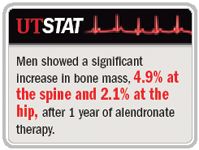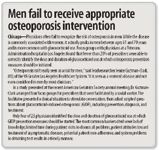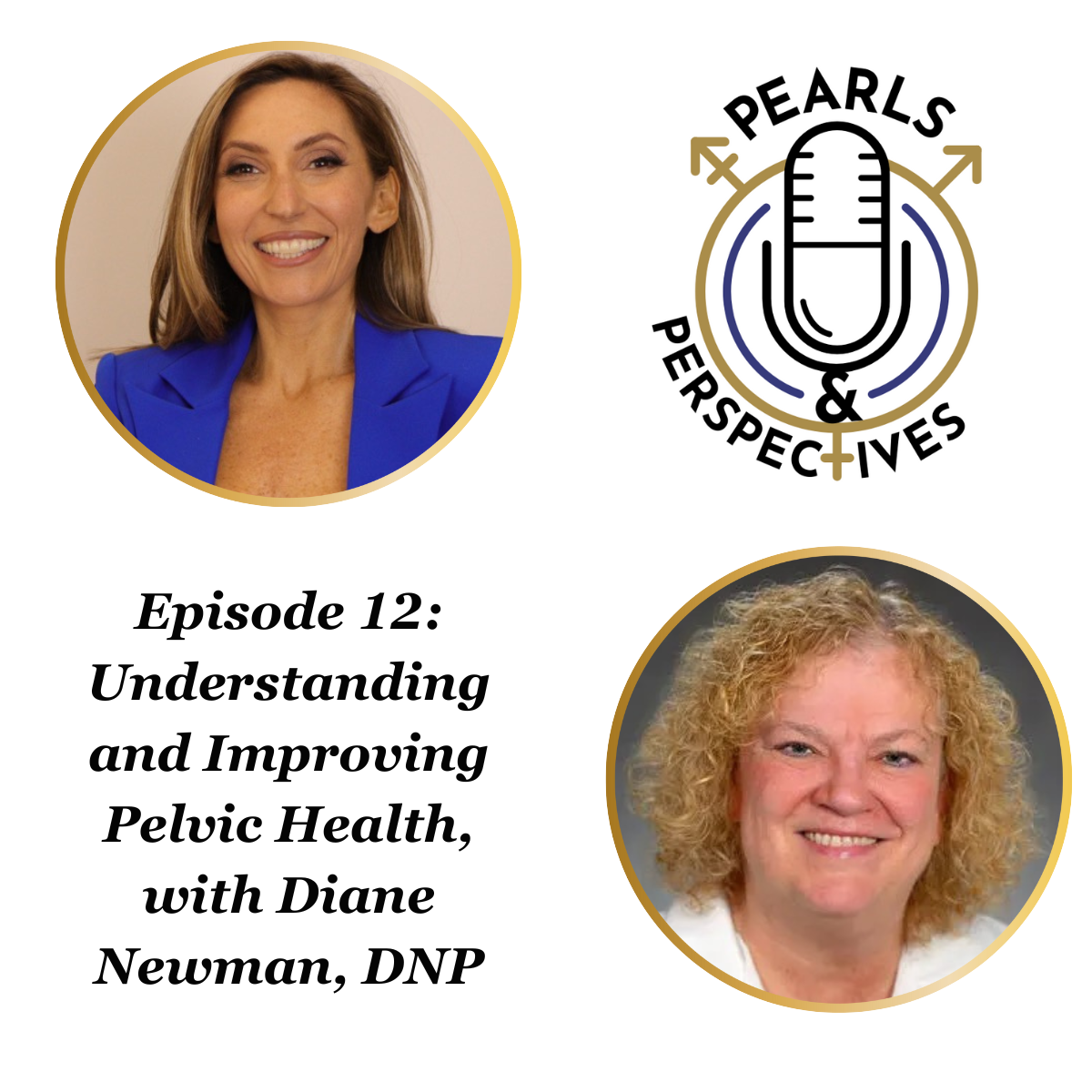Article
Agent may curb bone loss in men with prostate cancer
Atlanta-Men who are being treated with androgen deprivation therapy for progressive prostate cancer face a second, less-recognized risk: osteoporosis and bone fracture. An initial report from a 2-year trial shows that weekly treatment with the oral bisphosphonate alendronate (Fosamax) can halt and even reverse the bone loss associated with androgen deprivation therapy.
Atlanta-Men who are being treated with androgen deprivation therapy for progressive prostate cancer face a second, less-recognized risk: osteoporosis and bone fracture. An initial report from a 2-year trial shows that weekly treatment with the oral bisphosphonate alendronate (Fosamax) can halt and even reverse the bone loss associated with androgen deprivation therapy.

The new findings were presented here at the AUA annual meeting.

Significant increase in bone mass
A group of 112 men with nonmetastatic prostate cancer who had been on androgen deprivation therapy for at least 6 months were entered into an NIH-funded, 2-year, randomized, double-blind, placebo-controlled, partial crossover trial.
The two study arms were randomized to alendronate, 70 mg once weekly, or to placebo. Both groups received the same calcium and vitamin supplements. At baseline, only 9% of men had normal bone mass, 52% had low bone mass, and 39% had osteoporosis.

There was no significant difference between the two groups in terms of adverse events. Typical but uncommon complaints associated with alendronate therapy include heartburn or other gastrointestinal upset, difficulty swallowing, or joint pain and stiffness, according to Dr. Greenspan.
"We hope to make urologists and oncologists aware that men can have a significant bone loss associated with androgen deprivation therapy," she said.
Because prostate cancer is being diagnosed and treated at earlier ages, men on androgen deprivation therapy remain in treatment for longer periods of time. Longer duration of therapy contributes to increased bone loss, osteoporosis, and risk of serious fracture.
Dr. Greenspan is a consultant/adviser for Merck.
Newsletter
Stay current with the latest urology news and practice-changing insights — sign up now for the essential updates every urologist needs.

















